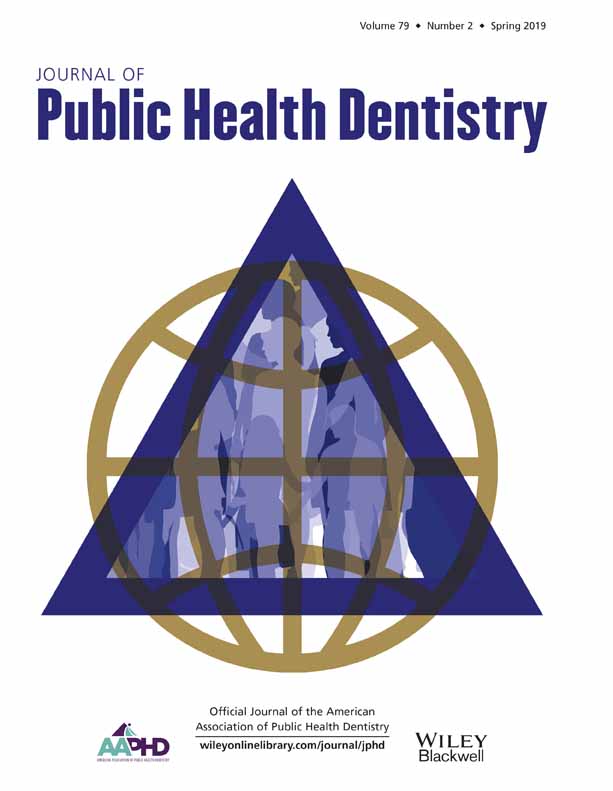Children's untreated decay is positively associated with past caries experience and with current salivary loads of mutans Streptococci; negatively with self-reported maternal iron supplements during pregnancy: a multifactorial analysis
Abstract
Objectives
This study explored the association of children's salivary characteristics, past caries experience, birth weight, and reported maternal prenatal vitamin and mineral supplementation with the dental untreated decay of the child.
Methods
This cross-sectional study, a sub-study of Griffith University Environments for Healthy Living birth cohort study, was conducted on 174 mother-child dyads. Mother's prenatal usage of vitamin and mineral supplements; child's birthweight; salivary pH, buffering capacity, and levels of salivary MS and LB were explored as risk indicators. Dental caries experience was assessed using International Caries Detection and Assessment System criteria. Path analysis was conducted to evaluate the association of risk indicators with children's current and past dental caries experience.
Results
Children's past caries experience (β = 0.332, p = 0.018), and salivary MS counts (β = 0.215, p = 0.032) were positively associated with untreated decay at time of examination. With a trend towards significance, children whose mothers had reported taking iron supplements during pregnancy experienced lower levels of past caries (β = −0.137, p = 0.068) and untreated dental caries (β = −0.046, p = 0.051).
Conclusions
This study confirms that a child's levels of untreated decay is positively associated with their past caries, and that it correlates with current levels of salivary MS. Children of mothers who reported to have taken iron supplements during pregnancy experienced less caries throughout their lives. These observations confirm the importance to offspring of monitoring maternal health throughout pregnancy and of early monitoring of children's oral health in preventing future dental disease.




